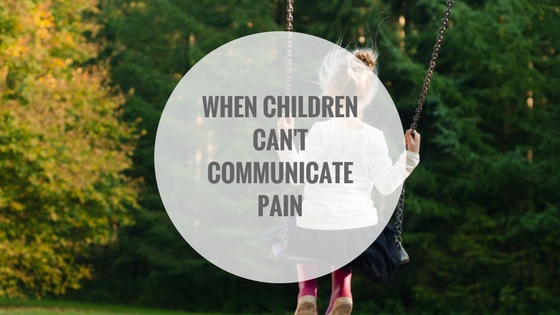Julie Entwistle, MBA, BHSc (OT), BSc
According to Autism Speaks, Autism now affects 1 in 88 children and 1 in 54 boys. The 2012 numbers reflect a 78% increase in reported prevalence in the last 6 years (www.autismspeaks.ca). This is a growing problem, impacting more and more families each year.
Autism is a spectrum disorder, meaning that the signs, symptoms and severity can vary, making this difficult to diagnose and sometimes treat. Yet through therapy, children with Autism can learn to function and communicate as independently as possible at home, school and with their peers. In April, Entwistle Power is sponsoring the Burlington Autism Gala – a fundraising event being organized by Jessica Langdon – a mom motivated by her son’s journey with autism who has a vision to find answers and to obtain support for families faced with this diagnosis.
In support of the Gala, Occupational Therapist Justine Huszczynski wrote the following about her experiencing working with Jessica’s son Spencer, and in doing so, highlights some of the features of Autism, and the value of occupational therapy for these children:
When I first met Spencer I was introduced to one of the most intelligent little boys that I think I will ever come to know. He impressed me with his ability to read at such a young age. He could print his name and spell many different words that I had never seen another child his age be able to do. I think it was this intelligence that could easily cause a child like Spencer to slip under the radar. He was smart. He could print. He could speak. But beyond this lay a child who couldn’t handle loud noises, busy rooms, or being lightly touched. An extreme meltdown was constantly on the brink of being unleashed at any given moment – triggered by a change in routine, being told “no”, or being overwhelmed by the environment around him. Spencer didn’t make consistent eye contact, he had difficulties with social cues, taking turns, and coping with losing at a game. Although he was verbal, he couldn’t express his feelings, which often caused a minor issue to turn into an explosive meltdown – sometimes lasting for over an hour at a time.
And then there was Jessica. A mom who was dedicated to her son and on a mission to get him the help he needed and deserved. Jessica knew her son’s needs inside and out. She came to me with a wealth of information about Spencer and she just wanted to make sense of it all.
We started Occupational Therapy with Spencer immediately. Jessica was in attendance for every session. She participated, asked questions, provided me with information, and was involved every step of the way. We targeted goals based on self-regulation, social skills, and sensory processing. We helped Spencer explore new sensory experiences and used strategies to help him cope with overwhelming situations. Along the way, Jessica and I sat through countless meltdowns but we worked through them. Spencer learned how to tell us when he was feeling overwhelmed and he could eventually choose strategies to help calm himself down. It became easier for him to cope with changes in routine and he improved on his ability to follow instructions. He was changing before our eyes.
Autism awareness led Jessica to seek help for Spence and his early intervention is what I believe helped him make so many gains in therapy. To me, Spencer exemplifies the positive outcome that can occur when a child is given the supports they need and are surrounded by a family and team that works towards common goals. Spencer is by no means “cured”. There is no “cure”. But there is love. There is support. There is awareness. But we still need more answers. Constantly we are searching for answers.
Justine Huszczynski
jhuszczynski@solutionsforliving.ca
For more information about the gala, please contact Gala Founder, Jessica Langdon at jlangdon@live.ca. We hope to see you there!



